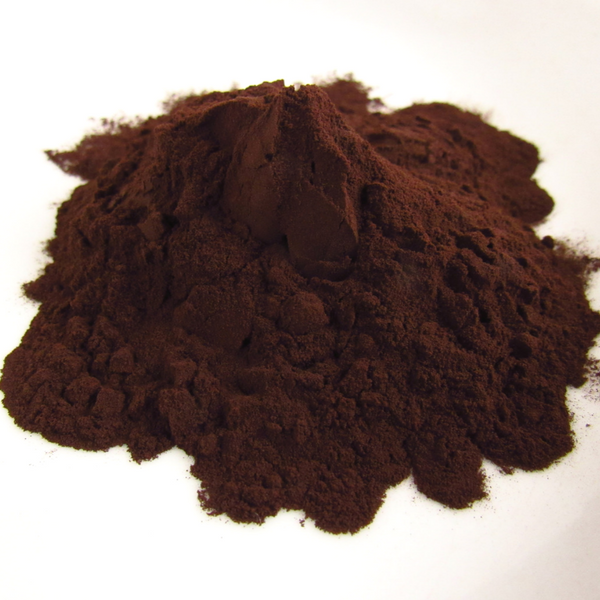This week: Storing indigo from the colder weather, getting grays on protein fibers and indigo soap making
I jumped into botanical dyeing this summer and have not looked back. It has been a true game changer for my quilts! I am ready to start my third round of indigo dye from my garden. I need to get it going this weekend because we may have a frost. My question is this: since I may no have time to dye this weekend, how do I preserve the dye vat for another time? Do I just cover the tub securely and leave it in my shed?
You can leave your indigo vat stored as you’ve described above, and when ready to rebalance it, uncover it, stir it well and let it settle. Some dyers will reheat the vat to about 90F prior to stirring.
I was wondering if you could suggest some dyes and or mordants you carry to achieve grays on protein fibers? I’m also curious about experimenting with browns with logwood. I’ve been unsuccessful but maybe my dye baths haven’t used enough logwood or been acidic enough since the yarn looks the same as undyed still?
I use gallo-tannin with iron to make purple-tinged gray, and chestnut with iron to create an elephant gray. Any other tannin (wattle, tara, myrobalan, walnut, cutch, quebracho moreno) will create some version of brown or gray with iron added on protein fibers, so you have a lot of options to work with. I don’t normally use logwood to create a brown, though I see where you are headed with this. What you might try is mordanting with alum and tartar and then try logwood at 3% wof.
Can one use your indigo and other botanicals in soap making? I’m looking for a dark rich blue color in soaps and may be interested in other botanicals you offer to color soap.
Other soapmakers have used our indigo to create blue soap. Since it is a pigment, it seems to hold up in the high alkalinity of soap making. I would recommend the organic indigo as it is the strongest version of the different indigo varieties that we carry.


